The Great American Eclipse, Oh My!
 It’s a particularly energetically charged time in the United States, as evidenced by recent politically volatile and even at times highly venomous and violence-infused protests, and counterprotests, resulting in understandable public outcries and feelings of despair and disbelief.
It’s a particularly energetically charged time in the United States, as evidenced by recent politically volatile and even at times highly venomous and violence-infused protests, and counterprotests, resulting in understandable public outcries and feelings of despair and disbelief.
Perhaps then not-so-coincidentally, with this rare total solar eclipse, in the U.S. we are also witnesses to:
The sun’s shadow being cast upon the Earth, traversing along in a large swath forming an arc from West to East, across the United States, from Oregon to South Carolina.
In this edition of Soul Notes, we explore the need to rise above the fracas of duality and instead embrace a renewed commitment to bringing forth a new dawn – one of universality. We truly are all in this together. Our survival as a society and as a nation may depend on it.
Lessons from the dark side
“We have an opportunity to rebuild, from a strengthened foundation, together, rather than as separate and apart.”
Perhaps one of the most well-known among Pink Floyd’s albums, The Dark Side of the Moon contains a song with that phrase within the lyrics of the album’s final song entitled “Eclipse.”
That song describes a descent into madness. While symbolic and figurative, the song is also based in part on what actually does happen in the natural world. Due to tidal locking, the moon rotates on its axis in nearly exact correlation with its revolving around the Earth. (This is known in the science world as synchronous rotation.) Accordingly, from Earth we always see only the same, one side of the moon. The opposite side remains dark to us, hidden from view.
So, too, is the case with our own sensibilities, upbringings, cultural orientations, and pre-judgments of ourselves and others. What is our part to play in all this? As citizens? As voters? As participants in our political system and in our legal system?
Unless we challenge the “usual orbit” of love and hate, we will always be seeing only the one side or viewpoint – as it’s the only one we’re willing to see. What if could do an “about-face” and take a long not so easy look at the dark side of our own beliefs? What if we were to shed light on the shady undertones of our prejudices? I dare say that’s the golden opportunity afforded to each of us as we experience these seemingly insurmountable (perceived) differences among us.
If each of us chooses to be driven by love and not by fear, and not by unbridled anxiety and distrust, then we can take conscious action and effectuate positive change. We can choose to evolve rather than devolve. As a society, we have an opportunity to rebuild, from a strengthened foundation, together, rather than as separate and apart.
Scientifically, we know that the universe is expanding. This time of tumult affords us all the opportunity to expand with it, rather than contract or constrict.
It’s Time to Invoke Our Collective Imagination Over Mind
As with a solar eclipse, when the light appears blocked out, we can then better feel into what’s been lying in wait — what’s been hidden in the shadows.
As the divine feminine reemerges, and ethnic equity and gender equity gain more ground, the apparent threat to the outdated patriarchy becomes all the more real. Are we reaching a cosmic collision point? As a nation, are we going to come out the other side of this stronger, more unified? Or, will we end up even further divided? Are we moving forward, or regressing?
The conditions are ripe for creative, imaginative solutions to emerge. Not unlike the financial downfall of the Great Depression serving as a great catalyst and driver for an unprecedented influx of innovation -–the time is now for the collective imagination to become the order of the day.
 What if duality were no longer how we positioned things? What if we were to approach these political divides from a place of universality, instead? As humans, after all: We share the same air, bleed the same blood, shed the same tears.
What if duality were no longer how we positioned things? What if we were to approach these political divides from a place of universality, instead? As humans, after all: We share the same air, bleed the same blood, shed the same tears.
Dualities keep us in a power struggle. It’s as if we’re each sitting on opposite ends of a teeter totter, competing with each other to fling the other one up and down off the same, single fulcrum. What if both sides were to step off the teeter totter altogether, and join together on common ground?
Polarities, Dualities and the Opportunity for Growth: “A Justice of Wholeness”
As Celtic mystic John O’Donohue suggests: As humans, having a mind “means we’re always confronted by dualities.”
During an interview with Krista Tippett, he went on to say:
“And, I think this is where the beauty of the imagination works. I think the imagination is committed to what I’d call a ‘justice of wholeness’ and bringing these [polarizing sides] together.”
“The mind separates. And when the mind separates and draws barriers in the heart of these dualities, and the barrier becomes a real barrier as there are [sic] no longer space for breathing, then you have dualism.”
Prophetically, O’Donohue concluded:
“And then you have things cut off that should belong together. And that’s the heart of all fundamentalisms and fascisms.”
His solution? He offered this:
“I think that keeping one’s imagination alive always keeps you in vital conversation with the ‘othernesses’ that you tend to avoid or neglect.” (Emphasis added.)
Vital Conversations
Now is the time to reflect on how we treat each other — not only face to face, but on social media as well. As we covered in last moon’s edition of Soul Notes, Dr. Emoto’s water experiments demonstrated that water’s exposure to written words such as “Thank You” resulted in dramatically different results than when exposed to the word, “Fool.”
So, what is it that we’d like to amplify? The hatred or the love? How far apart we are, or how closely we can come together?
It’s time for us to have those vital conversations. Try having the first one or two with someone who is more likely to lean into the conversation with you from a place of respect and willingness to listen, rather than the urge to berate or cajole. It’s time to be consciously selective, and with the intention of healing hearts.
It’s going to take all of us: Meaning all of me; all of you. Are you in?
For your consideration:
We need to adjust our eyesight to examine what we have been conveniently avoiding, or simply keeping in the dark altogether. And, from that place, we can take compassionate action. This is the true power of love.
Okay, your turn:
In what ways have recent events brought out into the light for you new insights? Are you ready to have a vital conversation or two?
I invite you to share your thoughts, feelings, and experiences in the Comments section, below. Soul-to-soul!
© 2017 Lori A. Noonan. All Rights Reserved.


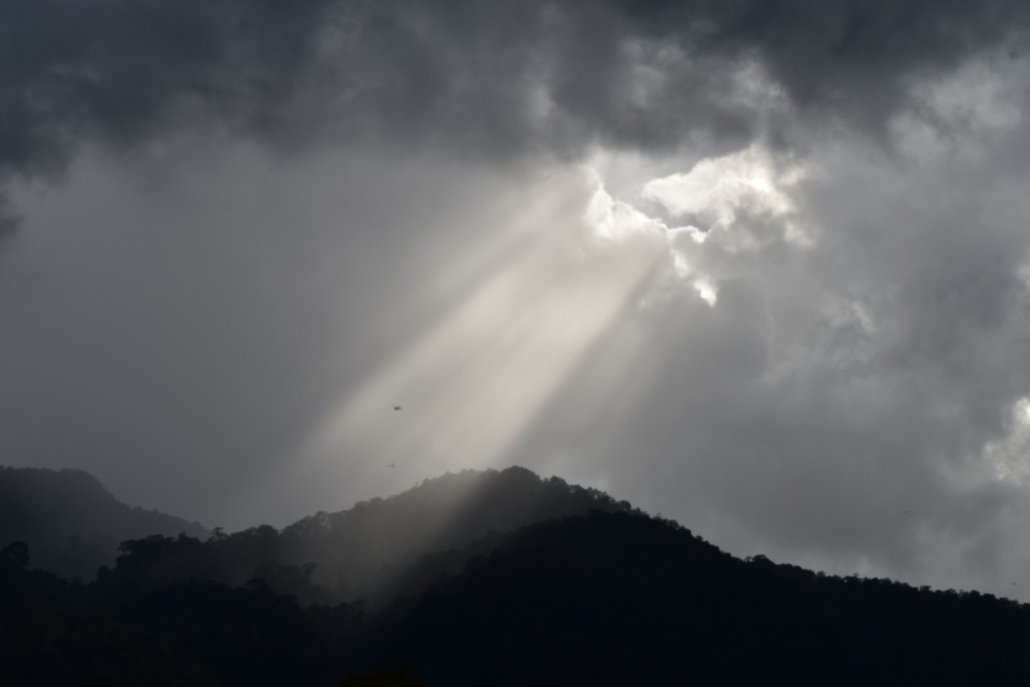
 None of this is to say, of course, that without the unparalleled coordination and carefully orchestrated efforts of the expert cave divers and other rescue volunteers and medical personnel, this group would have made it out safely. All the individuals involved with their rescue (including one former Thai navy Seal who lost his life) are due a profound debt of gratitude, respect, and honor. It’s beautiful to see all this humanity working together. It is also, however, to acknowledge that more than physics, technology, and biology were at work here. As the monk’s training and meditation exemplify, it was heart, mind and soul over matter. And it all mattered.
None of this is to say, of course, that without the unparalleled coordination and carefully orchestrated efforts of the expert cave divers and other rescue volunteers and medical personnel, this group would have made it out safely. All the individuals involved with their rescue (including one former Thai navy Seal who lost his life) are due a profound debt of gratitude, respect, and honor. It’s beautiful to see all this humanity working together. It is also, however, to acknowledge that more than physics, technology, and biology were at work here. As the monk’s training and meditation exemplify, it was heart, mind and soul over matter. And it all mattered.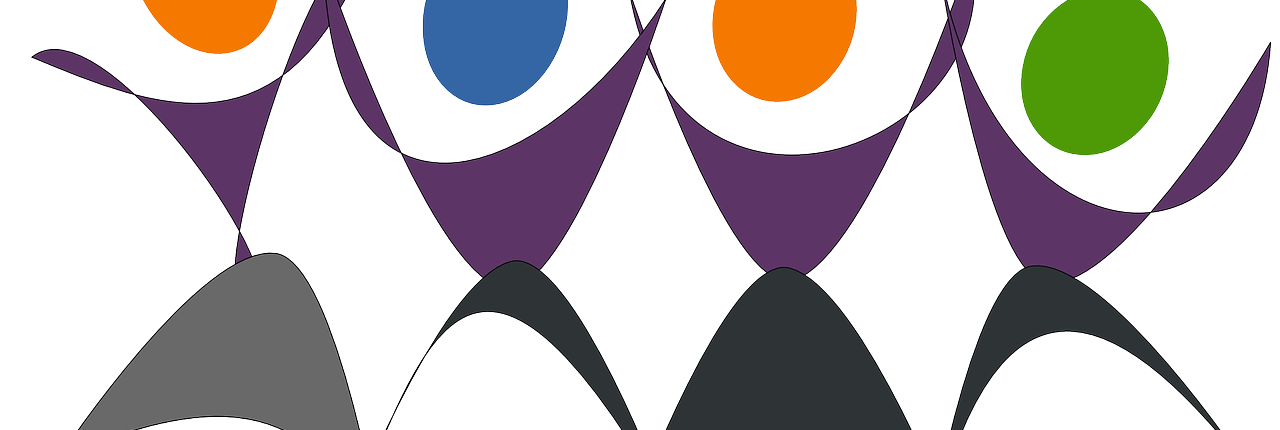
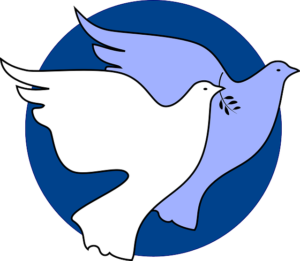 For the most part, I look for examples of what I’d like to “see more of” in the world. By contrast, I suppose that in so doing, I’m also pointing out what I’d like to see “less of” in the world – and yet, why give extra mileage to those things, is my thinking? Haven’t those negative things already gained more than enough traction?
For the most part, I look for examples of what I’d like to “see more of” in the world. By contrast, I suppose that in so doing, I’m also pointing out what I’d like to see “less of” in the world – and yet, why give extra mileage to those things, is my thinking? Haven’t those negative things already gained more than enough traction?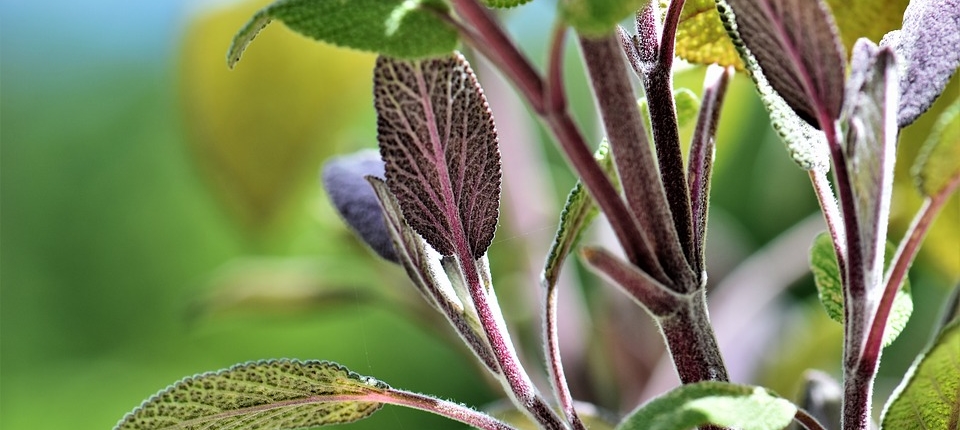
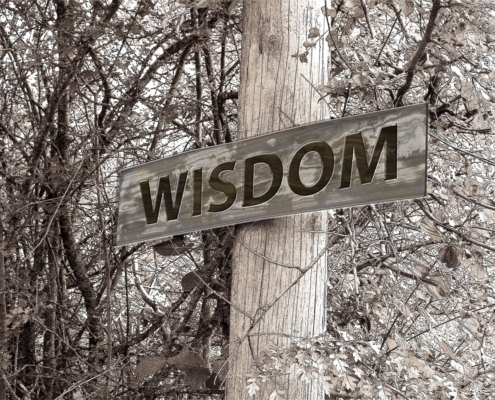 We all remember being asked the question when we were young: What do you want to be when you grow up? Me: a philosopher. I didn’t hear anyone around me saying that they wanted to be that. It wasn’t exactly listed anywhere as a possible career track. That didn’t matter to me. If it was needed, and served a purpose, why couldn’t it be an occupation?
We all remember being asked the question when we were young: What do you want to be when you grow up? Me: a philosopher. I didn’t hear anyone around me saying that they wanted to be that. It wasn’t exactly listed anywhere as a possible career track. That didn’t matter to me. If it was needed, and served a purpose, why couldn’t it be an occupation?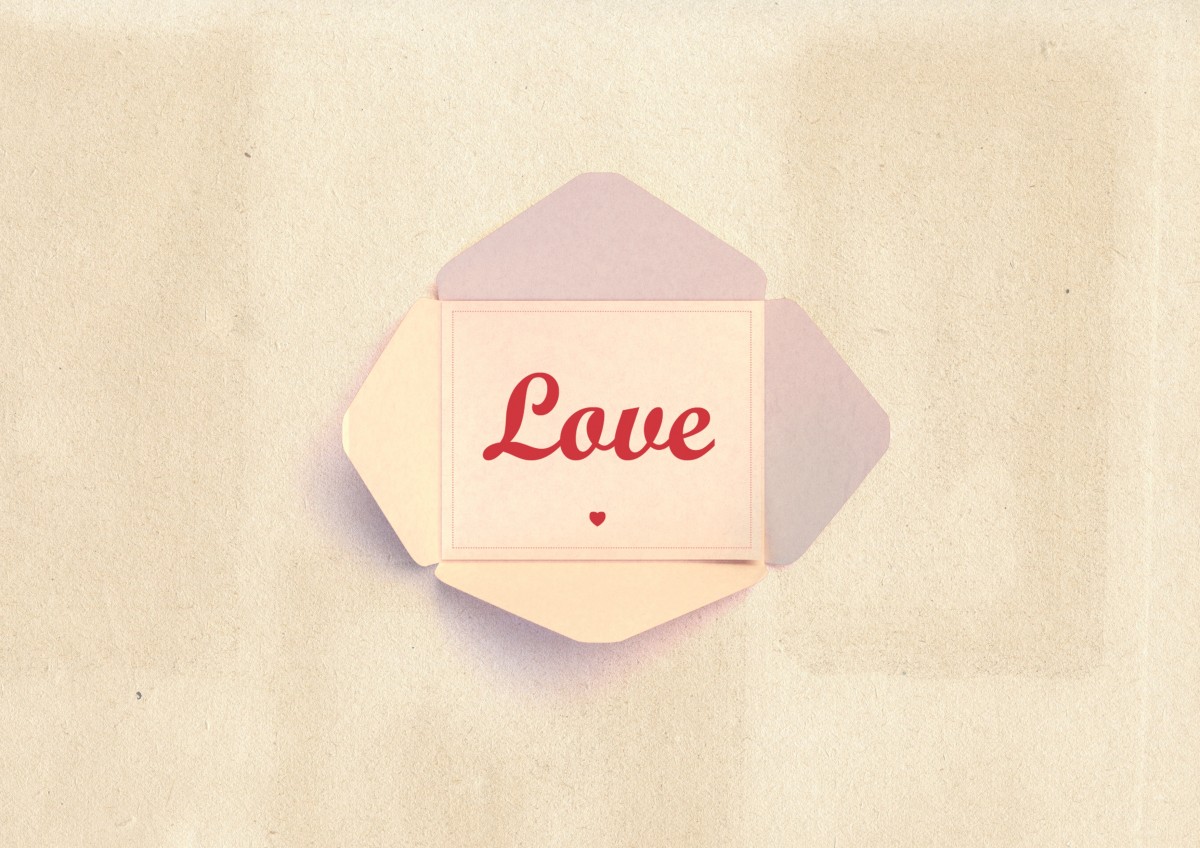
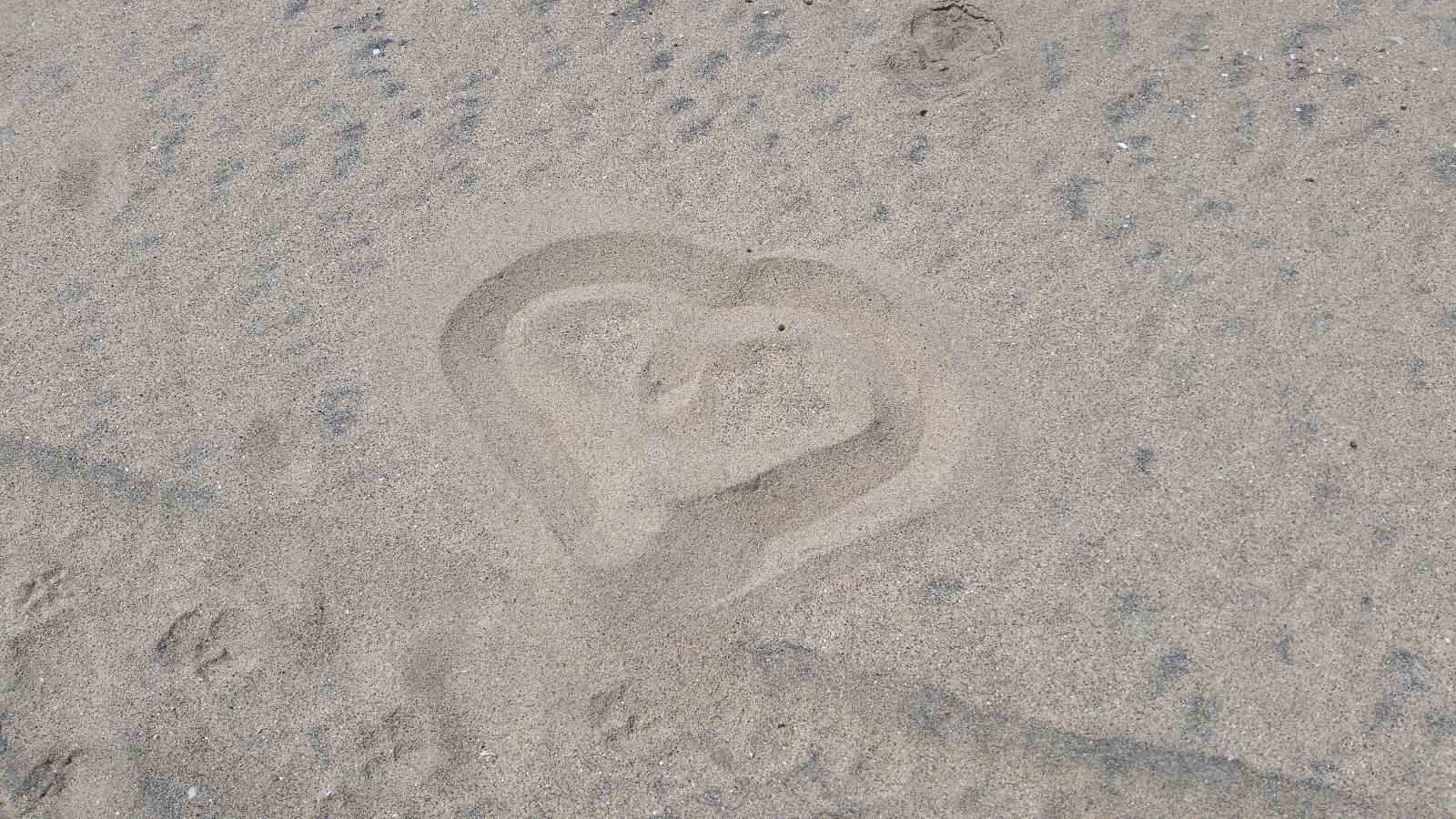

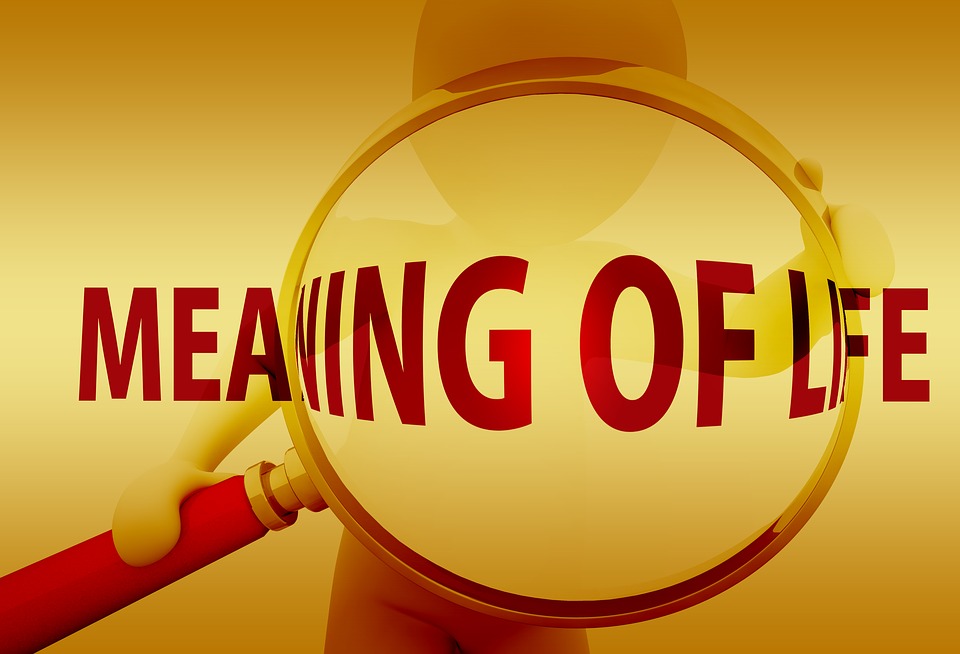
 It’s a particularly energetically charged time in the United States, as evidenced by recent politically volatile and even at times highly venomous and violence-infused protests, and counterprotests, resulting in understandable public outcries and feelings of despair and disbelief.
It’s a particularly energetically charged time in the United States, as evidenced by recent politically volatile and even at times highly venomous and violence-infused protests, and counterprotests, resulting in understandable public outcries and feelings of despair and disbelief. What if duality were no longer how we positioned things? What if we were to approach these political divides from a place of universality, instead? As humans, after all: We share the same air, bleed the same blood, shed the same tears.
What if duality were no longer how we positioned things? What if we were to approach these political divides from a place of universality, instead? As humans, after all: We share the same air, bleed the same blood, shed the same tears. Varying to some degree only by age and gender, our human bodies are approximately 70 percent water. Water is the primary building block of human cells. And, water covers nearly 71 percent of the Earth’s surface. It’s vitally important to our existence, as individuals and as a species. And yet, or perhaps precisely because of its prevalence in our world, we tend to take it for granted. You’d think it would be difficult for us to ignore, but somehow we do?
Varying to some degree only by age and gender, our human bodies are approximately 70 percent water. Water is the primary building block of human cells. And, water covers nearly 71 percent of the Earth’s surface. It’s vitally important to our existence, as individuals and as a species. And yet, or perhaps precisely because of its prevalence in our world, we tend to take it for granted. You’d think it would be difficult for us to ignore, but somehow we do? In its natural form, water when frozen forms into hexagonal (six-sided) shaped ice crystals. The details within the outlying formation do vary (you may have heard the expression “no two snowflakes are exactly alike”) – but what remains constant in nature is the self-organizing pattern of six-sided frozen water crystals. There’s lots to explore with regard to sacred geometry (beyond the scope of this blog post), many aspects of which have been observed and studied over the past many centuries. It’s not merely a coincidence that many parts of nature, left to their own (divine?) devices, fall into recurring patterns. It’s the intervention of humankind that threatens to, and often does, however, disturb these naturally occurring patterns – as the Emoto experiments demonstrate.
In its natural form, water when frozen forms into hexagonal (six-sided) shaped ice crystals. The details within the outlying formation do vary (you may have heard the expression “no two snowflakes are exactly alike”) – but what remains constant in nature is the self-organizing pattern of six-sided frozen water crystals. There’s lots to explore with regard to sacred geometry (beyond the scope of this blog post), many aspects of which have been observed and studied over the past many centuries. It’s not merely a coincidence that many parts of nature, left to their own (divine?) devices, fall into recurring patterns. It’s the intervention of humankind that threatens to, and often does, however, disturb these naturally occurring patterns – as the Emoto experiments demonstrate.
